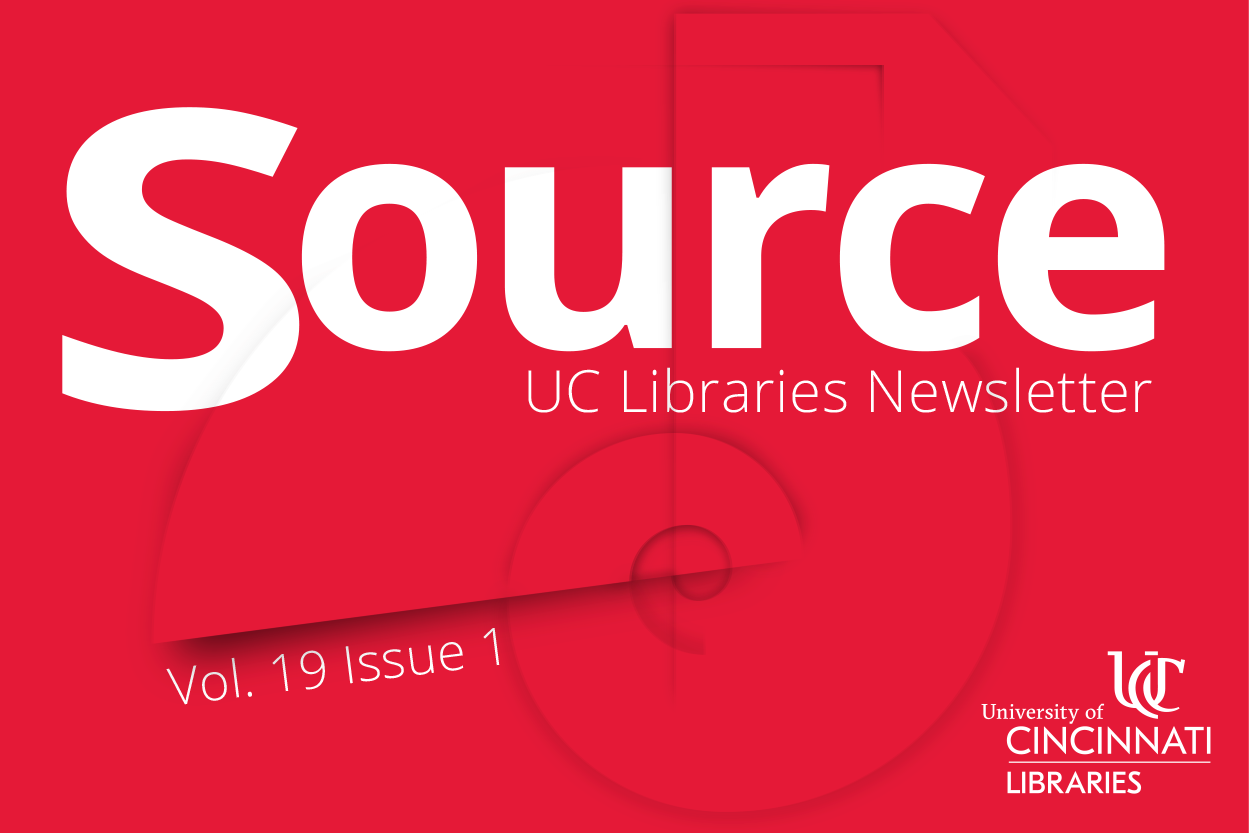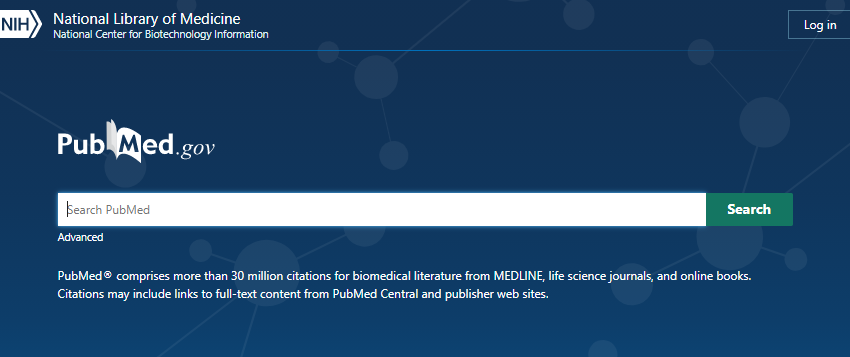by Lauren Wahman and Heather Maloney
The Life of the Mind lecture and Artists, Authors, Editors & Composers combined event took place on September 22, 2020. As a follow up, the UCBA Library celebrates selected works submitted this year from UCBA faculty and staff. In case you missed it, please visit Life of the Mind for the online exhibit, bibliography, and event recording.
David Hartz | Associate Professor | Electronic Media Communications Department
-

-
David Hartz
-

-
Drawing Water series, overall view
-

-
Drawing Water series, detailed view
-

-
Drawing Water series, overall view
-

-
Drawing Water series, detailed view
-

-
Drawing Water series, overall view
-

-
Drawing Water series, detailed view
Description of My Creative Process: This new body of work is titled, “Drawing Water.” This series consists of drawings of various water sources I have seen in and around Ohio. I became interested in this subject matter after seeing Leonardo da Vinci’s drawings depicting how water moves around various objects. I am fascinated as to how water moves and how I could add values and depth to drawing this formless element. I study martial arts and this quote by Bruce Lee inspired me as well, “Empty your mind, be formless, shapeless – like water.” Water forms to whatever contains it. My intention with these drawings is to give, not only shape, but also value, shadow, highlight and playfulness to moving water.
All of these drawings are created in Procreate on an iPad Pro. I love the portability of the iPad and use it with my Urban Sketching group as well. It has replaced my sketchbook and pencils in many situations. I have found that it has a feature that no traditional media has. In this digital arena, the ability to zoom way into a piece of work is remarkable. As long as the resolution is high, you can zoom way into the art and provide details that would be near impossible with traditional media. I am making use of this feature in my current drawings in this “Drawing Water” series. This is the reason that I include detail shots in the submission of these drawings. Normally a detail shot is unnecessary in a 2D drawing, however, it is quite necessary to show the full detail that are involved with these works. Each drawing has two views: one is the overall view of the water that, at first, has a photographic look. The second view is the detailed view of the work as you move in close to it and see the hieroglyphic mark making process. Continue reading →



 In this issue of Source,
In this issue of Source, 






